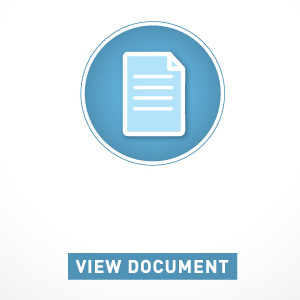Asia

The People’s Map of Global China
This website maps the international activities of Chinese businesses or government affairs, to create an idea of “Global China.”
Women's Worlds in Qajar Iran
One of the key features of the website are the digital collections related to women’s lives during the Qajar period with sources and collections from both private family collections as well as archival holdings.
Chinese Text Project
largest database of pre-modern Chinese text digitally available...[which] focuses specifically on pre-Qin and Han dynasty works, as well as post-Han dynasty texts.
Buddhist Records Of The Western World
Xuanzang ( or Hiuen Tsiang) was a Chinese monk ( 602-664) who went to India to study Buddhism.

Selections from Eusebius, Life of Constantine
The most important record that remains of Constantine’s life is a biography written shortly after his death by the historian and Christian bishop Eusebius of Caesarea (ca. 263–339 ?), a close adviser to Constantine.

Constantinian Edicts
Many of the records that survive from Constantine’s reign are official edicts and proclamations, written on papyrus and parchment.
Poem by Qiu Jin, Chinese feminist
While the discussion surrounding the Chinese practice of footbinding often focuses on the writings of western missionaries, the example of Qiu Jin, a Chinese feminist and poet, demonstrates that the practice was criticized by Chinese individuals as well.

Indian textile fragment, 14th-15th century
This block-printed, cotton textile fragment, found in Old Cairo, Egypt, was made in Gujarat, India. It features a repeated stylized tendril pattern made by stamping red-brown dye on the cloth in vertical sections.

Porcelain tankard, fifteenth century China
This Ming dynasty porcelain tankard incorporates some Chinese elements, such as the peony flower design on the body and the dragon-shaped handle. Its shape was not Chinese, however, but based on Islamic metalwork, which indicates it was made for export.
Excerpt from the Asokavadana
The Asokavadana is a text written in Sanskrit that brings together oral traditions about Ashoka’s reign that did not die out when the Mauryan Empire collapsed, but spread throughout India